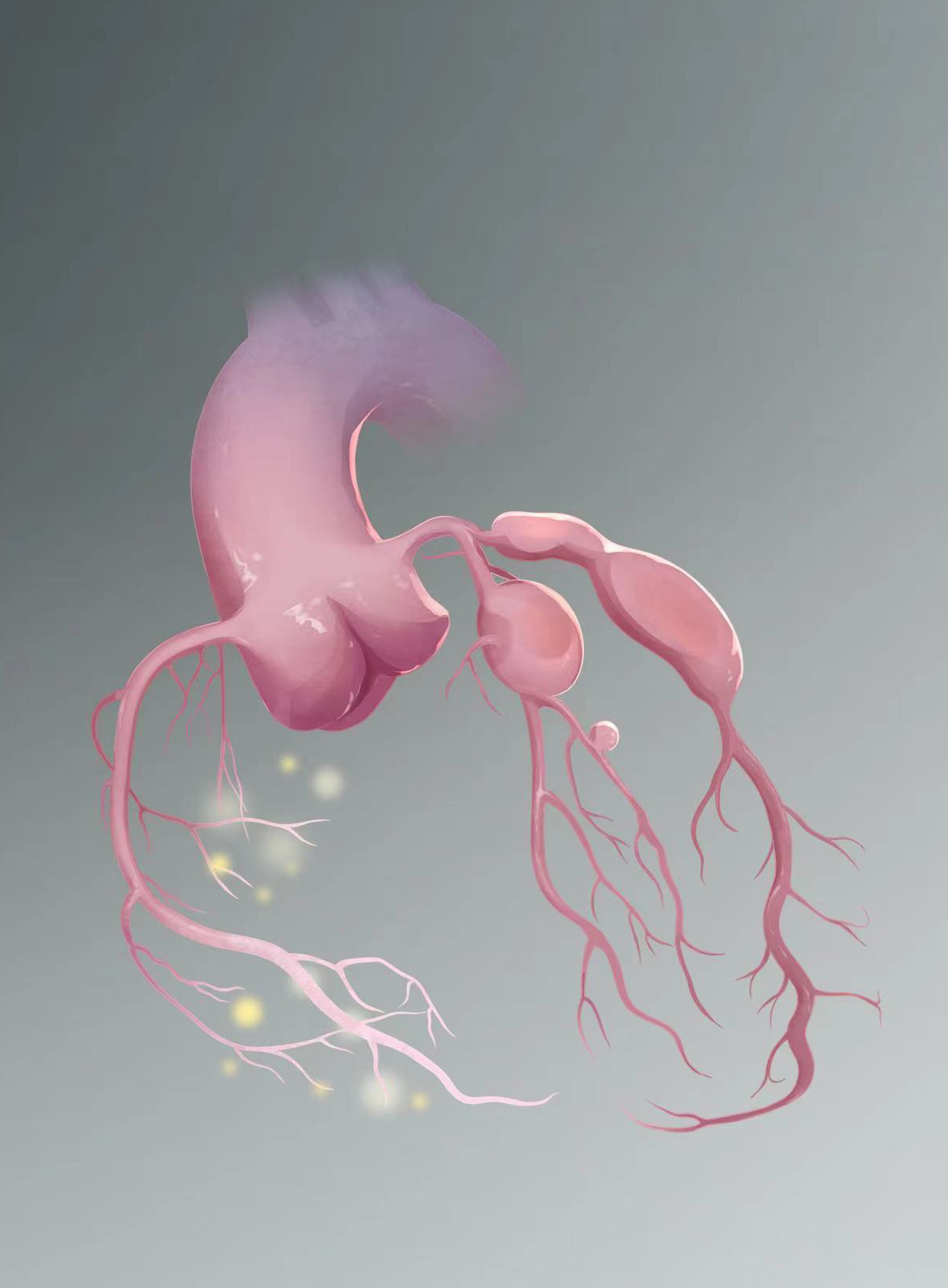If untreated, sudden death may occur due to coronary artery aneurysms
Kawasaki disease (KD) is a systemic vasculitis mainly affects children under 5 years of age. If untreated, sudden death may occur due to coronary artery aneurysms. KD incidences vary among different populations, being highest among East Asian and lowest among Caucasian ethnic groups. But the underlying genetic mechanism is not fully understood.
Dr. Meng Lin et.al from our laboratory discovered that children with KD who developed coronary artery aneurysms had decreased expression of the minichromosome maintenance protein MCM8 and increased activation of type I interferon signaling compared with healthy control subjects. By creating a Mcm8 knockout mice, Meng went on to discover that it was mtDNA that were accumulated in the cytosol of MCM8-deficient cells, which subsequently activated cGAS-STING and type I interferon signaling. Mechanistic studies revealed that nitric oxide (NO) promotes TRIM21-mediated ubiquitination of MCM8, which dissociates from MCM9, enters the cytosol and binds the pore-forming proteins on the mitochondria. In addition, MCM8 contains a LC3-interating region (LIR), which promotes mitophagy by recruiting LC3. MCM8-P276 variant is located within the LIR domain and common in East Asian populations. This variant has impaired ability to induce mitophagy.
Meng went on to demonstrate that MCM8-mediated mitophagy is independent of PINK1, PARKIN and DRP1. It is also independent of its function in homologous recombination mediated DNA damage repair pathway. NO is a ubiquitous signaling molecule that is critically involved in vasodilation, platelet function, neurotransmission, immunity and metabolism. Shear stress, inflammatory cytokines, intracellular calcium fluxes, various kinases (AMPK, PKA and AKT) and redox status regulate NO bioavailability. Future studies should determine whether MCM8-mediated mitophagy is broadly involved in NO-related pathophysiological conditions, and whether modulating MCM8-mitophagy maybe employed to treat cardiovascular and other relevant diseases.

Yuxia Zhang
03 September 2023